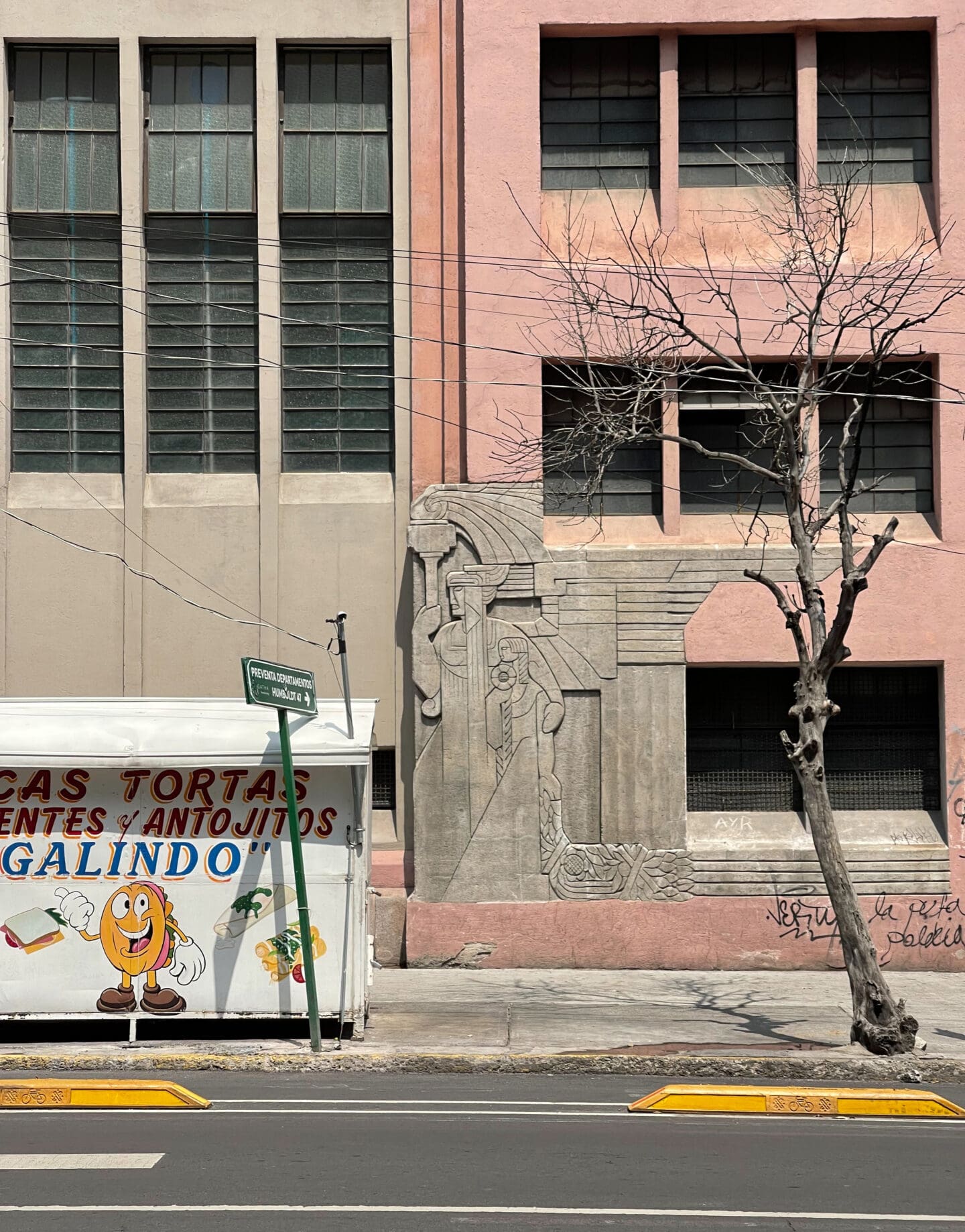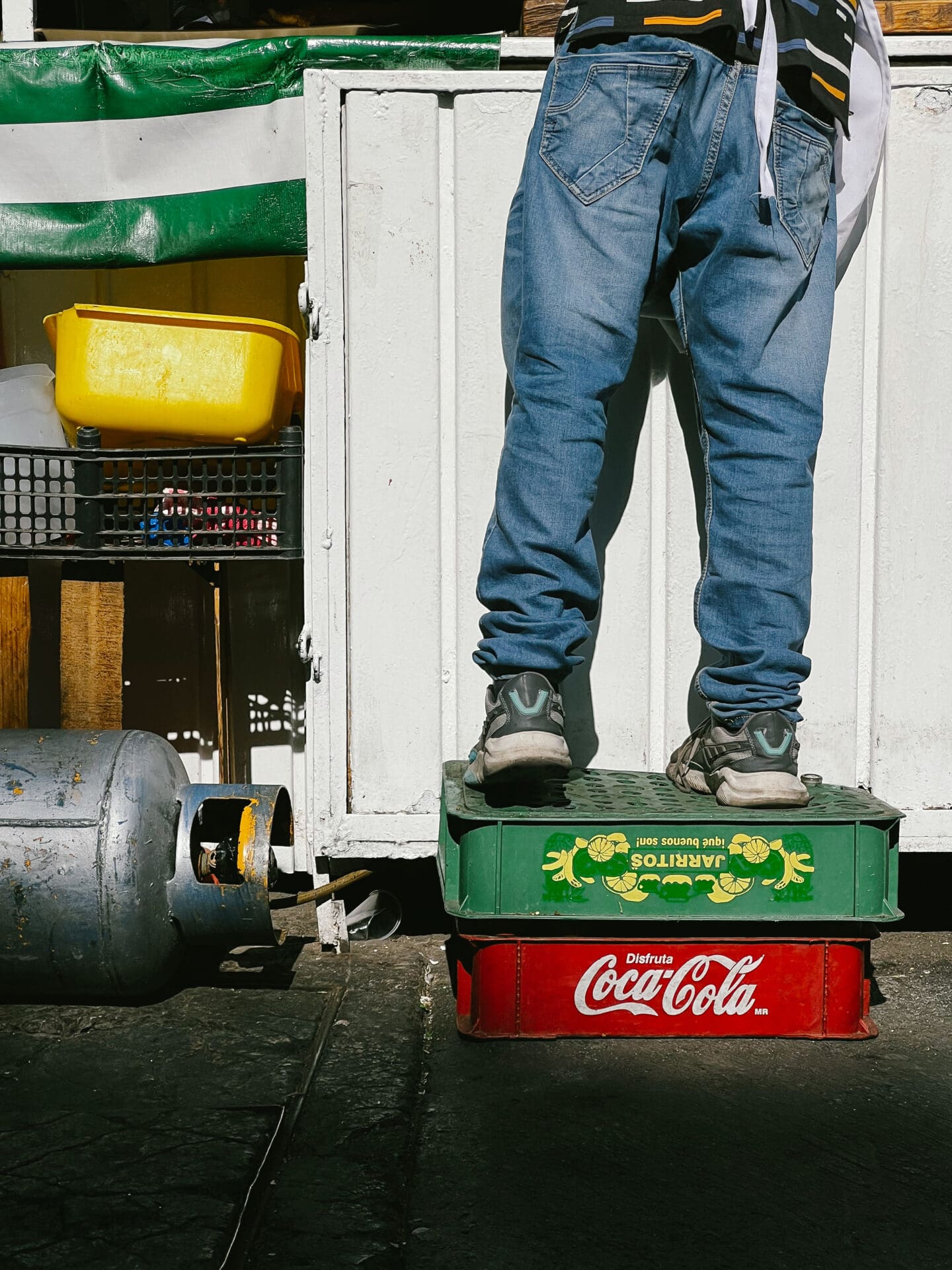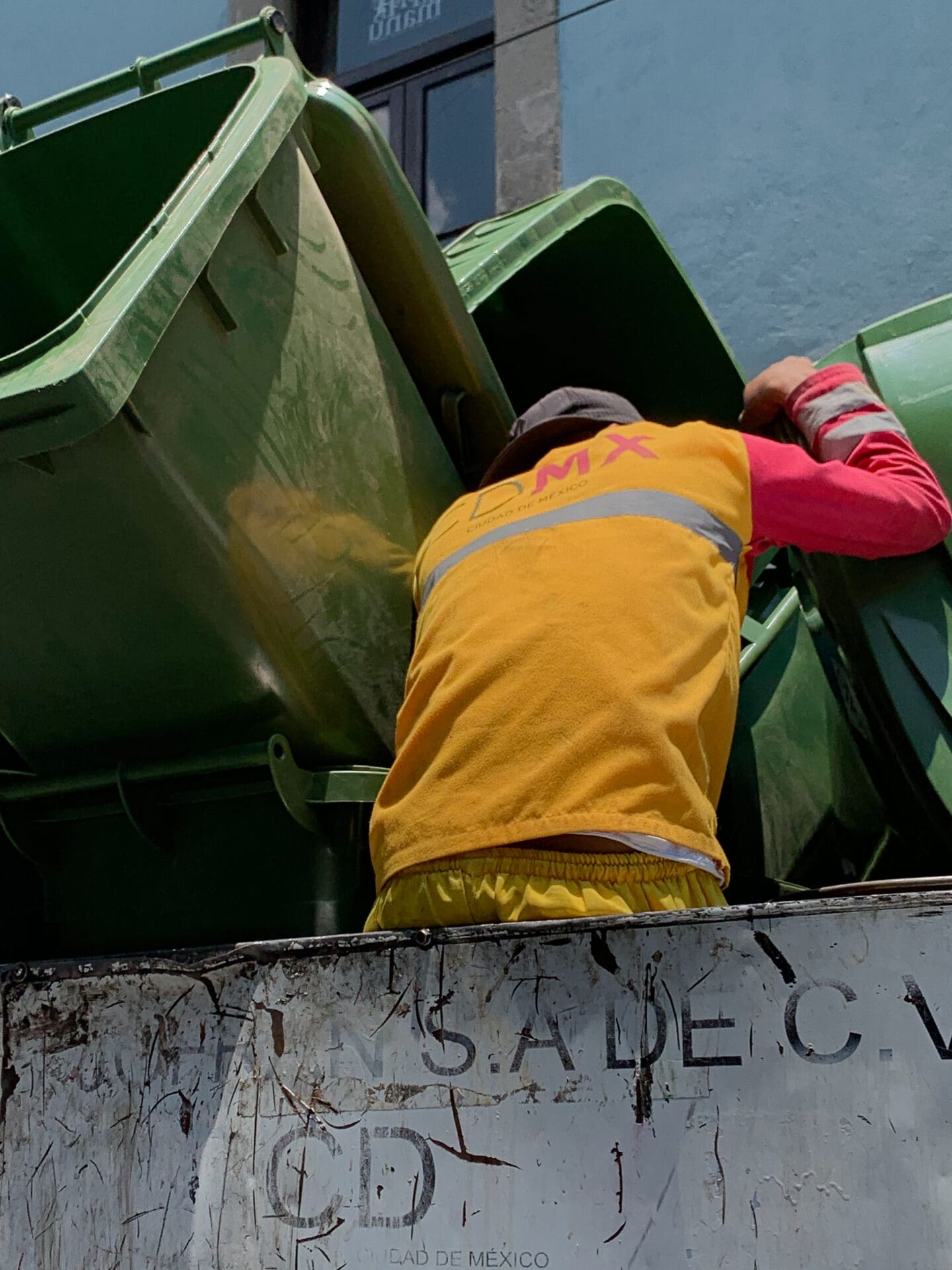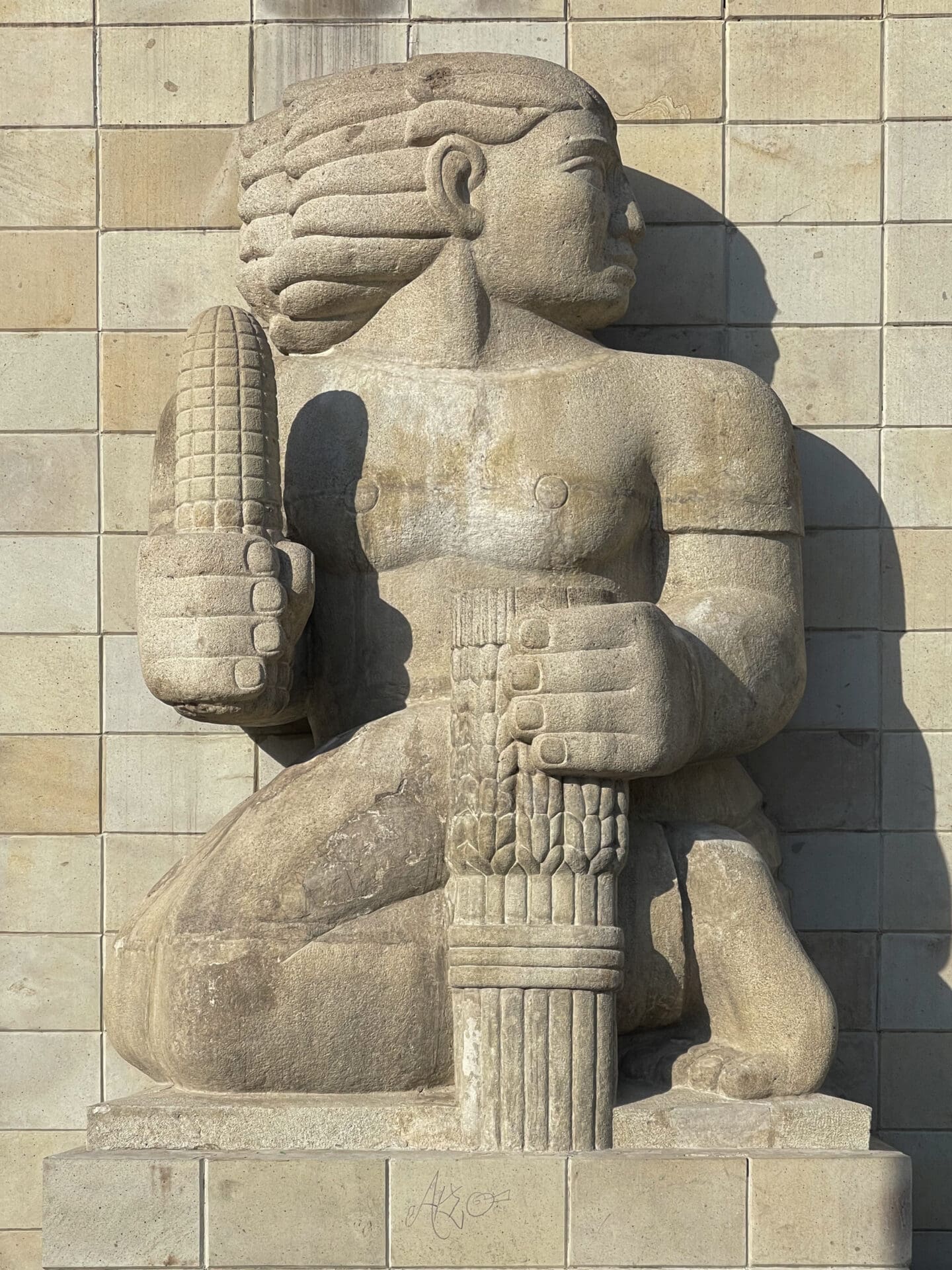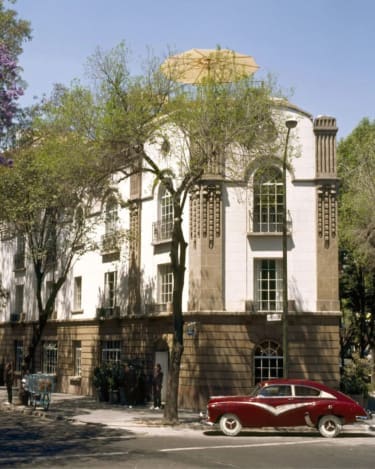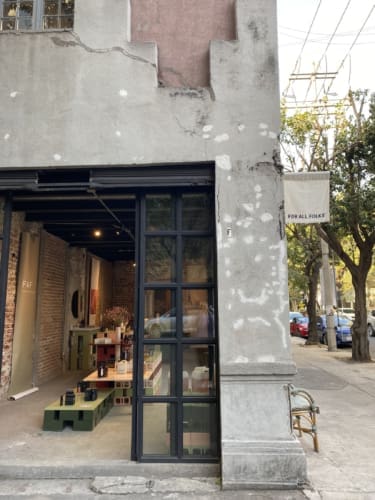
Focal Point: Manuel Zúñiga on Mexico City
Manuel Zúñiga’s photography shares the beautiful, vibrant everyday life he experiences in his hometown, Mexico City
“Mexico City is a huge metropolis that you never finish discovering: it’s magical and chaotic, full of culture and hard-working, supportive people,” enthuses photographer Manuel Zúñiga, whose evocative, pared-back images have graced the pages of publications such as L’Officiel Mexico, T Magazine, GQ, and British Vogue (not to mention ROADBOOK’s How Did I Get Here? series). “It’s my home and it’s the city I love, the city that makes me feel most proud of my identity as a Mexican.”
Hailing from the town of Fresnillo in the state of Zacatecas, Zúñiga recalls how his upbringing shaped his photographic practice. “My grandfather was a big influence. He regaled me with incredible stories of the golden age of Mexican cinema through his words and eyes,” explains the photographer. “I don’t remember the exact day when I began taking photos; I think my obsession with images has been there since birth – I even remember dreaming of perfect images created within my mind.”
Zúñiga’s candid photographs capture the tension between the past and present in Mexico’s most populous city. Here, brutalist buildings confront art nouveau architecture, while graffiti weaves its way through tumbling blocks – a visual antithesis to the military rigidness seen in other photographs. “I didn’t plan this series – some of it is four-year-old iPhone material. I am a collector of moments and situations, and what inspires me the most is people and their environments,” he says. “It feels great to globally share the beautiful life and colours that I experience everyday in my city.”
Mexico City is an ephemeral place that is constantly overwriting itself – in some instances unhappily accelerated (take, for example, the recent erasure of food stall signage by a local mayor). Zúñiga’s photographs serve as both a visual diary and historical record, even if inadvertent.
“I find it fascinating that thanks to technology, we are all photographers and we can document our history,” he reflects. “The only part that worries me is the transient nature of this material and where it will end up. But it would be very interesting if the photographic material of all humanity not only remains on phones, but one day finds an honest outlet beyond social networks.”
